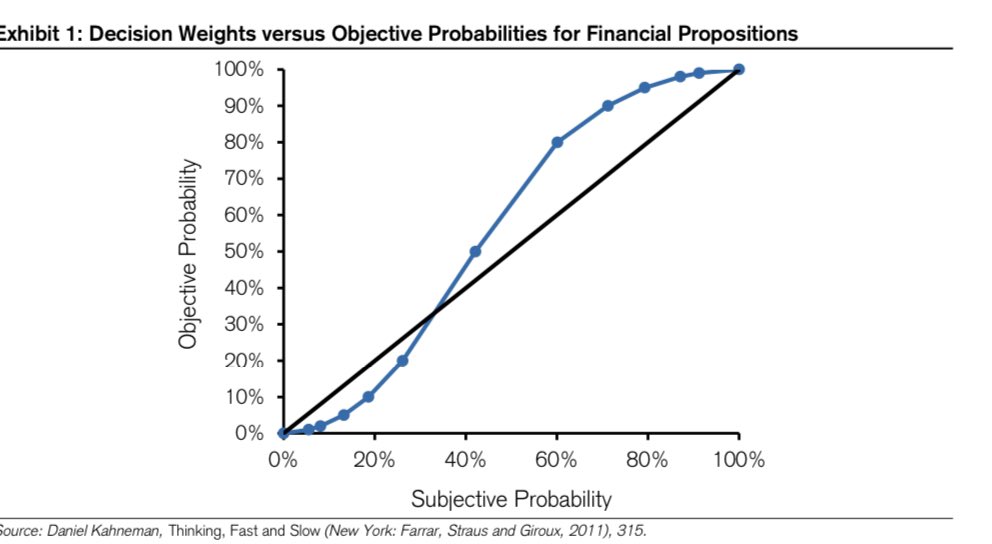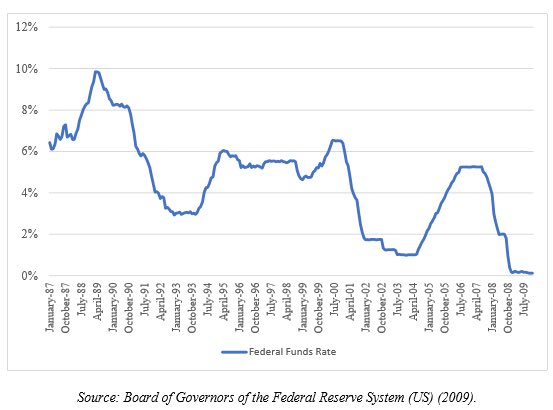
1/ "Investment can be explained with a 2×2 matrix. On one axis you can be right or wrong. In the other axis you can be consensus or non-consensus. If you’re wrong you don’t make money. The only to make outsized returns is by being right and non-consensus.”25iq.com/2016/10/28/why… 

2/ "To achieve superior investment results, your insight into value has to be superior. Thus you must learn things others don’t, see things differently or do a better job of analyzing them – ideally all three.” You want the market to agree with you, but not right now. Eventually.
3/ Base rates help you understand historical experience. They are only used to calibrate a forecast intended to be non consensus and right. If all you had to do was know base rates to outperform a market, historians would be the best investors. You are searching for a mistake.
4/ Investing is about pattern recognition and one pattern to seek is a business breaking with consensus in ways that create new value. Most contrarians are are wrong, but sometimes one is right. Having opinions which break from consensus is easier, if you know what consensus is.
• • •
Missing some Tweet in this thread? You can try to
force a refresh








